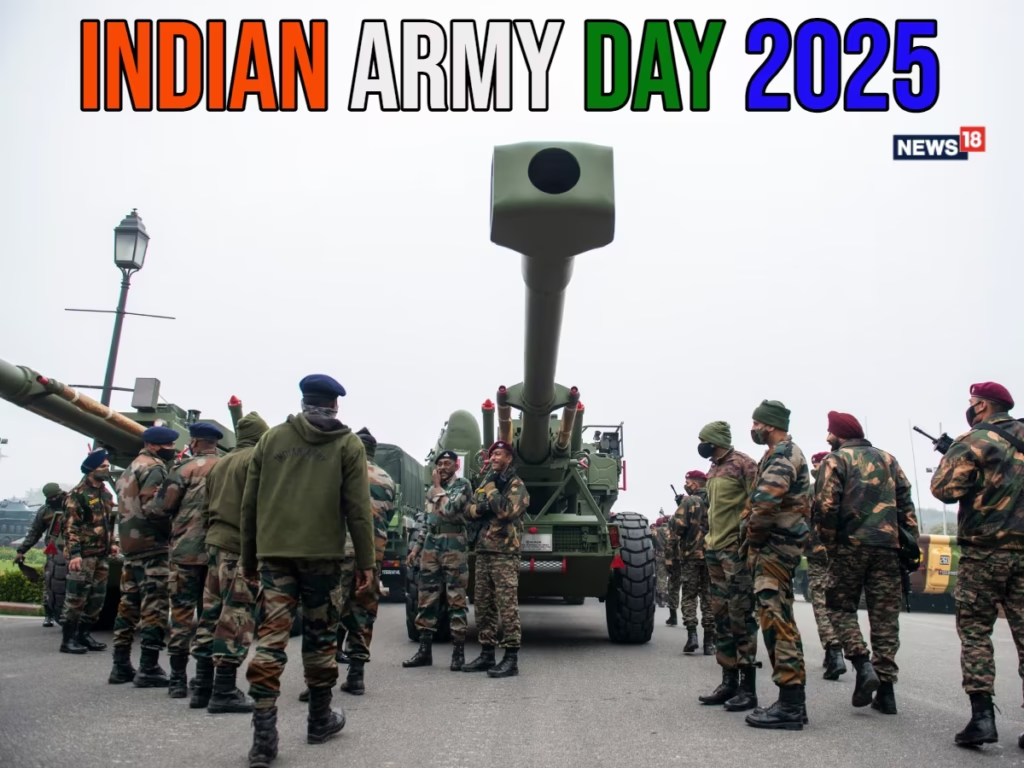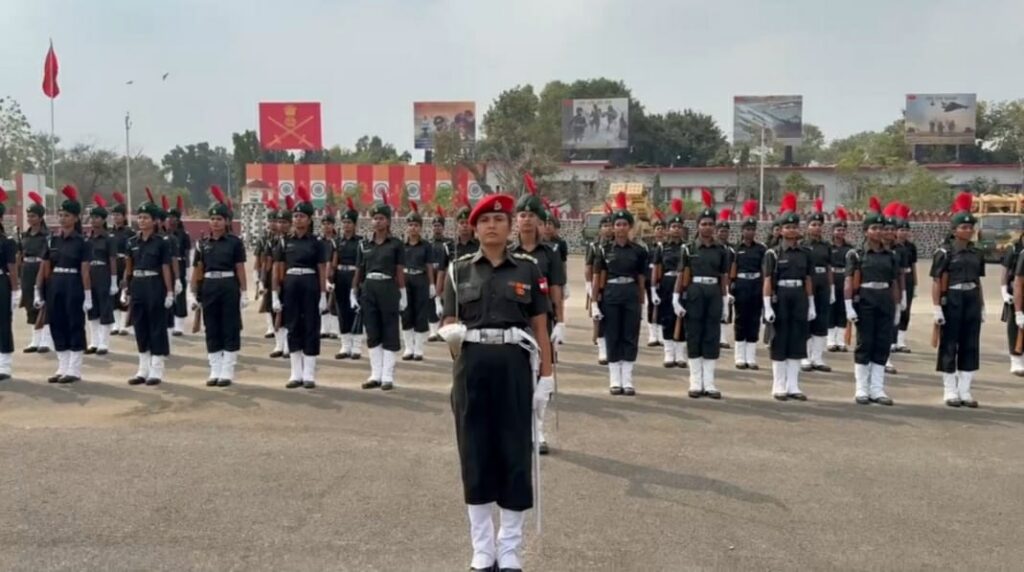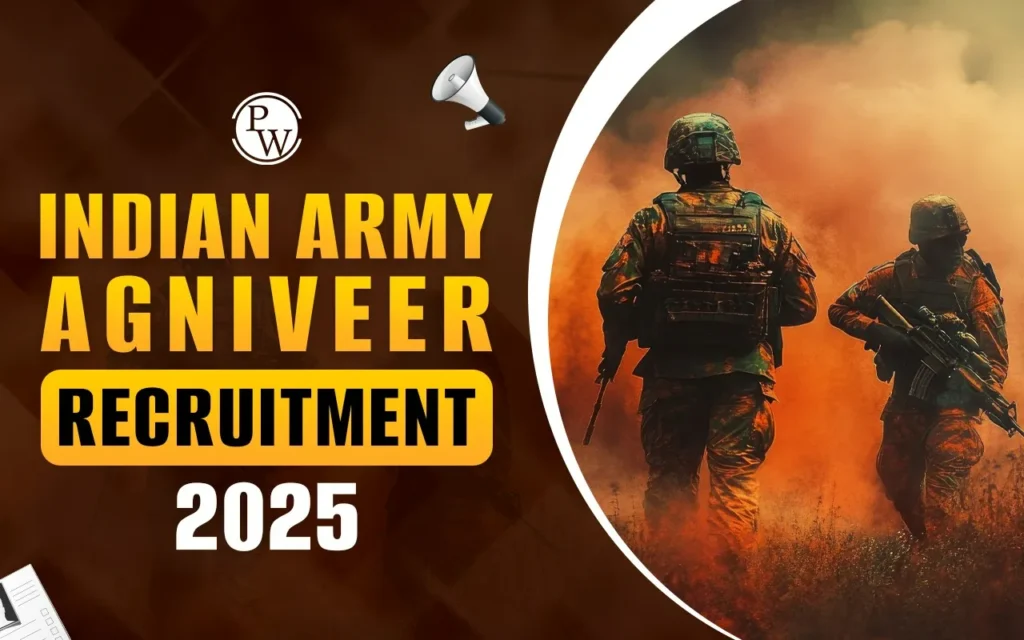The Indian Army in 2025: A Modern Force Rooted in Tradition
The Indian Army, one of the world’s largest standing armies, remains a powerful pillar of India’s defense apparatus in 2025. With a rich legacy of valor, discipline, and dedication, the Army has transformed itself into a modern, technology-driven force capable of handling conventional warfare, counterinsurgency, and emerging hybrid threats.

Structure and Command
The Indian Army is organized into seven commands—six operational and one training. These include:
- Northern Command (Udhampur): Focuses on Jammu & Kashmir and Ladakh.
- Western Command (Chandimandir): Responsible for defending the border with Pakistan.
- Eastern Command (Kolkata): Manages the sensitive border with China and Myanmar.
- Southern Command (Pune): Covers peninsular India.
- South Western Command (Jaipur): Enhances coordination in the western region.
- Central Command (Lucknow): Provides support and reserves.
- Army Training Command (Shimla): Oversees training doctrines and capacity-building.
Each command is led by a senior officer of the rank of Lieutenant General, who reports to the Chief of Army Staff (COAS). The current structure enables quick mobilization, area specialization, and efficient logistics.
Modernization and Technology Integration
In recent years, the Indian Army has undergone a major transformation through initiatives like “Make in India” and “Atmanirbhar Bharat” (Self-Reliant India). These policies have boosted indigenous manufacturing of weapons, vehicles, and equipment.
Key modernization efforts include:
- New Infantry Weapons: Legacy rifles have been replaced by advanced Sig Sauer 716 rifles and AK-203 assault rifles, boosting infantry firepower.
- Advanced Artillery: Indigenous Dhanush howitzers, K9 Vajra-T self-propelled guns, and imported M777 ultra-light howitzers have enhanced artillery mobility and precision.
- Armored Units: Existing T-72 and T-90 tanks have been upgraded, while future-ready platforms are being developed domestically.
- Missile and Air Defence Systems: Systems like the Akash, Barak-8, and S-400 strengthen India’s layered air defense.
- Drones and Surveillance: Both indigenous and imported drones are being used for reconnaissance, target tracking, and battlefield awareness.
The Indian Army has also adopted artificial intelligence, cybersecurity tools, and satellite-based intelligence, marking a shift toward network-centric warfare.
Agneepath Recruitment Reform
Introduced in 2022, the Agneepath scheme is a major personnel reform that brought short-term recruitment into the Army through the Agniveer program. Under this scheme:
- Youth aged 17.5 to 21 are recruited for four years of service.
- A portion of them may be retained for permanent positions based on merit and performance.
This approach aims to create a younger, more agile force, reduce long-term pension liabilities, and bring fresh energy to the Army.
Operational Capabilities
India’s strategic challenges are complex. The Indian Army must be prepared for:
- Two-Front Threat: Tensions with China in the north and Pakistan in the west require constant vigilance.
- High-Altitude Warfare: Indian troops continue to hold the Siachen Glacier, the world’s highest battlefield.
- Border Skirmishes: Regular face-offs with Chinese troops along the Line of Actual Control (LAC) have increased the need for rapid infrastructure and troop deployment in Eastern Ladakh and Arunachal Pradesh.
- Counterinsurgency Operations: In Jammu & Kashmir and parts of the Northeast, the Army plays a crucial role in maintaining internal peace.
- Disaster Relief: The Army often steps in during natural disasters like floods, earthquakes, and cyclones.
Through its Corps of Engineers, Medical Corps, and Signal Corps, the Army maintains an exceptional logistical capability to operate in diverse terrains—from deserts to jungles to glaciers.
Training and Development
The Indian Army continues to invest heavily in professional military education. Key training institutions include:
- National Defence Academy (Pune)
- Indian Military Academy (Dehradun)
- Officers Training Academy (Chennai and Gaya)
- Army War College (Mhow)
- Counter Insurgency and Jungle Warfare School (Mizoram)
New technologies like virtual reality, combat simulators, and AI-based decision tools are being used in training programs. Special attention is given to leadership, tactical decision-making, and ethical conduct.
Women in the Army
2025 marks a significant milestone in gender inclusion. Women now serve in combat support arms like artillery, signals, and military police. The Supreme Court’s 2020 verdict granting permanent commission to women officers has been implemented, and more women are taking up leadership roles in operational areas.

Indigenous Defence Industry Support
In collaboration with Indian companies and organizations such as DRDO, BEL, Tata Defence, and L&T, the Army is supporting a growing domestic defense ecosystem. This includes:
- Development of unmanned systems
- Indigenous bulletproof jackets and helmets
- Joint ventures for small arms and ammunition
- Procurement of light tanks and high-altitude vehicles
The focus is shifting from import-based solutions to homegrown technologies, ensuring strategic autonomy and cost-effectiveness.
Joint Operations and Global Engagement
The Indian Army actively conducts joint exercises with various global partners to enhance interoperability and strategic cooperation. Major exercises include:
- Yudh Abhyas (USA)
- Shakti (France)
- Indra (Russia)
- Ajeya Warrior (UK)
- Surya Kiran (Nepal)
- Sampriti (Bangladesh)
In addition, India remains a top contributor to UN peacekeeping missions, with Army personnel deployed in countries like Congo, Lebanon, and South Sudan.
Challenges Ahead
Despite its progress, the Indian Army faces several challenges in 2025:
- Border Infrastructure: While improved, roads and logistics networks in high-altitude regions need further development.
- Budget Constraints: Balancing modernization with rising personnel costs is an ongoing concern.
- Cyber Threats: The rise of cyberattacks and information warfare demands constant vigilance and upgrades.
- Rapid Technological Shifts: Staying ahead in AI, robotics, and electronic warfare requires faster R&D cycles.
- Geopolitical Volatility: Ongoing conflicts in neighboring regions and the Indo-Pacific may require increased military readiness and flexibility.
Looking Ahead
The future of the Indian Army is one of adaptation and transformation. Plans are in place to create Integrated Theatre Commands that combine the Army, Navy, and Air Force for unified combat operations. The Digital Army Vision 2030 emphasizes real-time communication, battlefield transparency, and faster decision-making through tech.
Moreover, increasing emphasis on joint training, cyber warfare, space-based operations, and strategic partnerships reflects a force preparing for both traditional and non-traditional threats.
Conclusion
As of 2025, the Indian Army stands tall as a force shaped by tradition, strengthened by modernization, and driven by a deep commitment to the nation. Whether it’s defending borders, conducting rescue missions, or contributing to peacekeeping efforts, the Army continues to fulfill its motto: “Service Before Self.”
India’s journey toward becoming a self-reliant, high-tech military power is well underway, and the Indian Army is at the heart of this transformation.
